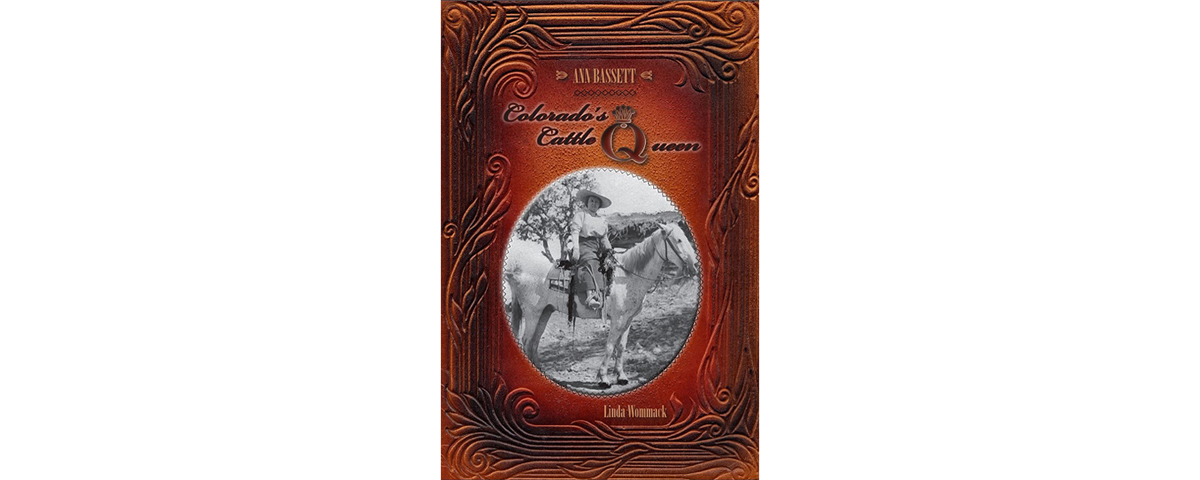Ann Bassett: Colorado’s Cattle Queen, by Linda Wommack, Caxton Press, Caldwell, Idaho, $17.50, 2018
Ann Bassett of Brown’s Park (aka Brown’s Hole), Colo., was not the same woman as the mysterious Etta (Ethel) Place, companion of Harry “Sundance Kid” Longabaugh, as author Linda Wommack makes abundantly clear in the epilogue to her new book. Bassett (1878–1956) was known to exaggerate some of her exploits, but she never claimed to be romantically involved with any member of the Wild Bunch, though Brown’s Park was one of the infamous gang’s many hideouts, and she did know many of them. No matter. Bassett’s true identity and activities are fascinating enough, as detailed in the first full-length biography of an extraordinary female rancher who became known as “Queen Ann.” For instance, she issued a one-woman vendetta against Ora Haley, one of the cattle barons responsible for bringing in paid assassin Tom Horn to clean out the suspected rustlers (i.e., small ranch owners) in Brown’s Park. Among Horn’s undisputed victims was Madison Matthew Rush, Ann’s fiancé. Bassett retaliated by driving away Haley’s cattle, refusing to share her water rights, and courting and eventually marrying Haley employee Hiram “Hi” Bernard. “It was an act of spite, as well as for personal and financial gain, when Ann set out to steal away Haley’s foreman,” explains Wommack, who writes the Collections department for Wild West. “Bernard was the most respected and know-
ledgeable cattleman in the area.”
Queen Ann’s vendetta against Haley’s Two Bar and other large cattle companies was a long one. In 1911 Haley and his new foreman, Bill Patten, put into motion a plan of entrapment in which they accused Bassett of cattle theft. The plan ultimately backfired; after a second trail in 1913, Bassett was found not guilty. Bassett and the much older Bernard would divorce, but they stayed friends and had no regrets. “Ann,” Bernard wrote, “was a gay and exciting companion—too exciting I guess. A man does not enjoy playing second fiddle to so many things, like cattle and horses and dozens of other pets. A man wants to rate above a chipmunk and I could not make the grade.” Ann remarried (Frank Willis, a friend of Hi’s) and moved away from Brown’s Park, but many years later she bought some acreage there and returned to what she called her “sacred cow.” Shortly before her death in 1956, Ann told a reporter, “I’ve done everything they said I did and a helluva lot more.” Wommack’s most welcome biography is enhanced throughout by Ann’s own words.
—Editor





